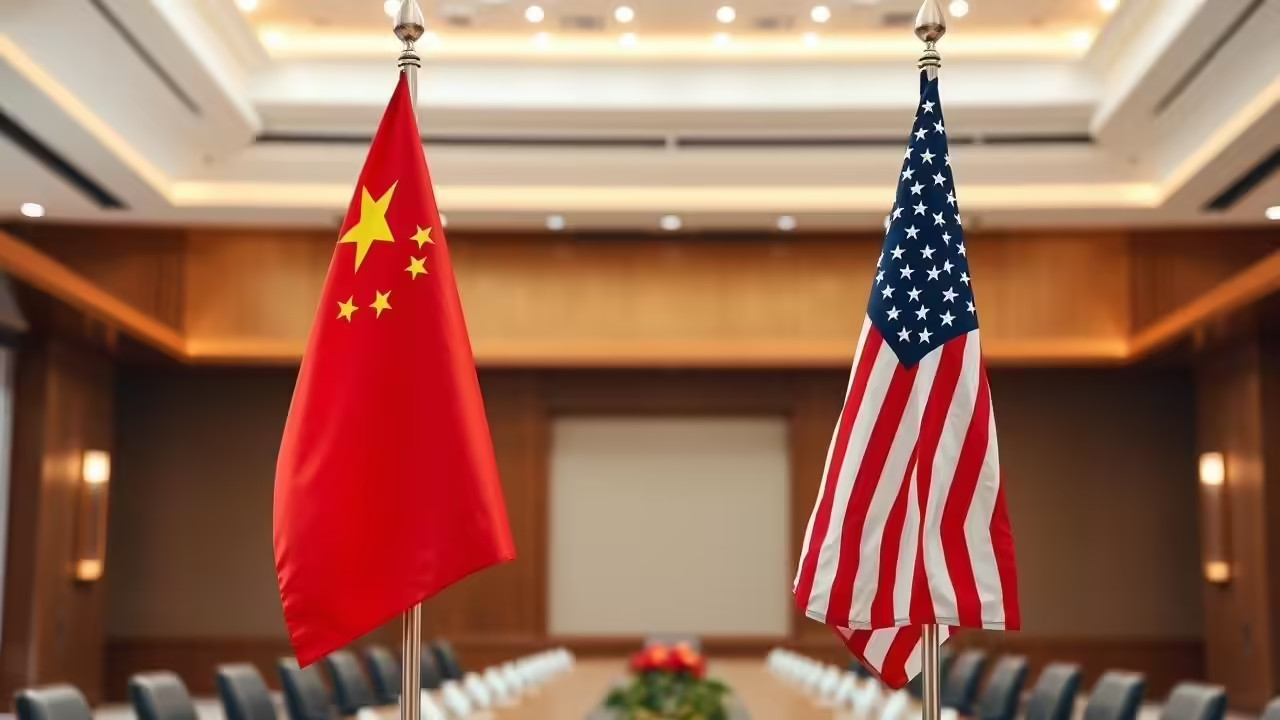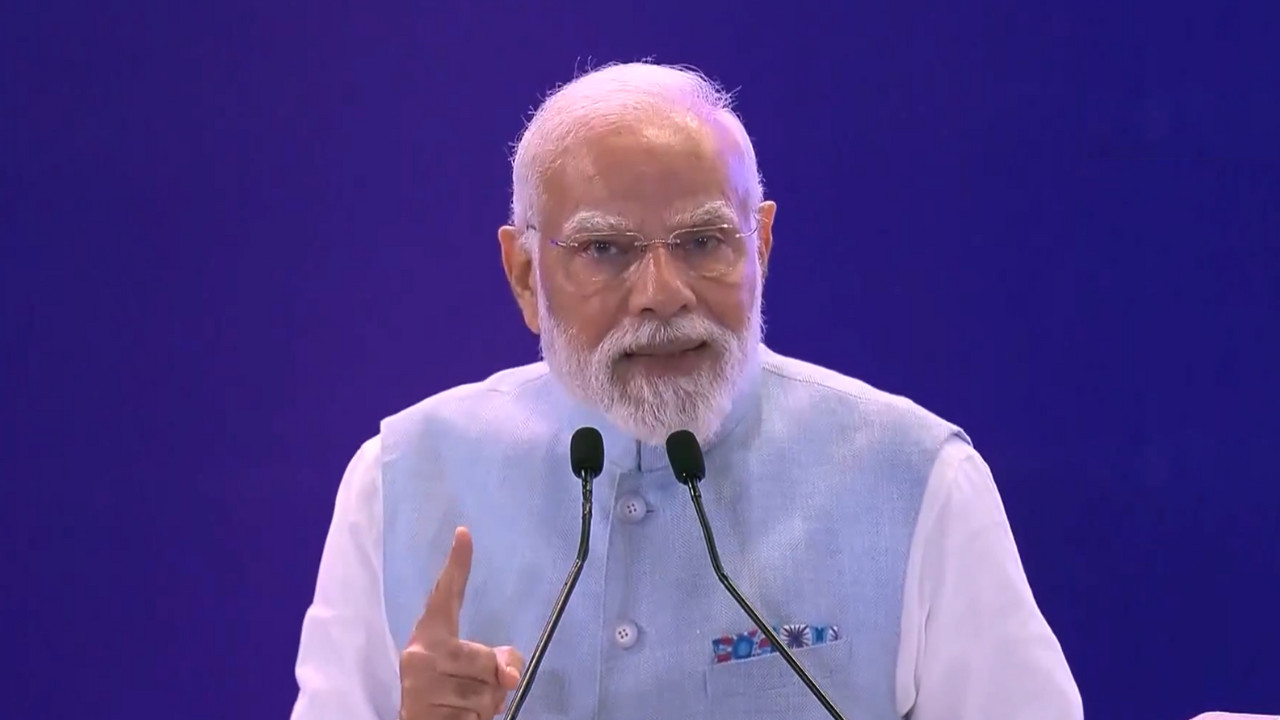The United States has launched an investigation into China’s adherence to the 2020 Phase One trade deal, citing apparent non-compliance with purchase commitments. This move, prompted by China’s failure to meet targets largely due to the pandemic, could escalate existing trade tensions ahead of a meeting between the two nations’ leaders.
The Ghosts of Trade Deals Past: Will China Deliver on its 2020 Promises?
Remember the “Phase One” trade deal between the U.S. and China back in 2020? It feels like a lifetime ago, doesn’t it? The world has spun on its axis multiple times since then, weathering pandemics, geopolitical shifts, and economic upheavals. But, like a persistent echo, the promises made within that agreement are now being revisited.
The Trump administration’s signature trade pact, meant to ease tensions and rebalance trade, is now under the microscope. A compliance review has been launched, and the question on everyone’s mind is: did China hold up its end of the bargain?
The core of the deal centered on China committing to significantly increase its purchases of American goods and services. We’re talking about a substantial boost across various sectors – agriculture, manufacturing, and energy, specifically. The idea was to narrow the trade deficit between the two economic giants and provide a much-needed shot in the arm to American industries.
But fast forward to today, and the numbers paint a somewhat cloudy picture. Initial analyses suggest that China fell short of its pledged purchase targets. The pandemic undoubtedly played a role, disrupting supply chains and impacting global demand. However, critics argue that the shortfall goes beyond pandemic-related disruptions and points to a potential lack of commitment.
Why Is the 2020 China Trade Deal Still Relevant?
You might be asking, why rake over old coals now? Well, the implications of this compliance review are far-reaching. It’s not just about past promises; it’s about setting the tone for future trade relations.
Firstly, it’s a matter of trust. If trade agreements are seen as easily disregarded, it undermines the entire framework of international commerce. This erode trust makes it harder to negotiate future deals and creates uncertainty for businesses operating in both countries.
Secondly, the current administration will try to learn lessons that can be applied to future engagements with China. Understanding why the Phase One deal fell short, or to what degree it delivered as promised, will inform strategies for addressing ongoing trade imbalances and protecting American economic interests.

What Happens Next?
The compliance review is likely to involve a detailed examination of trade data, consultations with businesses, and potentially, negotiations with Chinese officials. The findings could lead to various outcomes, ranging from renewed efforts to encourage Chinese purchases to the imposition of further tariffs or other trade penalties.
One thing is clear: the U.S. is taking a harder look at trade practices and is holding its trading partners accountable. The consequences of non-compliance could have implications for other trade relationships.
Beyond the Numbers: The Bigger Picture
The situation is a reminder that trade deals are about more than just numbers. They reflect complex geopolitical realities, competing economic interests, and differing visions for the future of global commerce. The 2020 deal was always viewed with a degree of skepticism by some, who questioned whether it could truly address the fundamental issues underlying the trade imbalance. It’s a good idea to look at the lessons learned from past trade agreements to inform current trade relations, like the ongoing discussions on technology and intellectual property.
Looking ahead, it seems that both the U.S. and China are at a critical juncture in their trade relationship. While economic interdependence remains a powerful force, concerns about national security, technological competition, and fair trade practices are shaping the dialogue. How these issues are addressed will determine the future trajectory of one of the world’s most important economic partnerships.
Will China ultimately fulfill the spirit of the 2020 agreement, even if it missed the specific targets? Will this review lead to a reset in trade relations, or simply a continuation of existing tensions? These are the questions that policymakers and businesses alike will be grappling with in the months and years to come.
The compliance review of the 2020 China trade deal is a crucial moment. It highlights the importance of holding nations accountable for their trade commitments, and will shape the future of the U.S.-China trade dynamic. By analyzing this agreement’s successes and failures, policymakers can develop more effective strategies for fair trade and economic cooperation in the global landscape.







